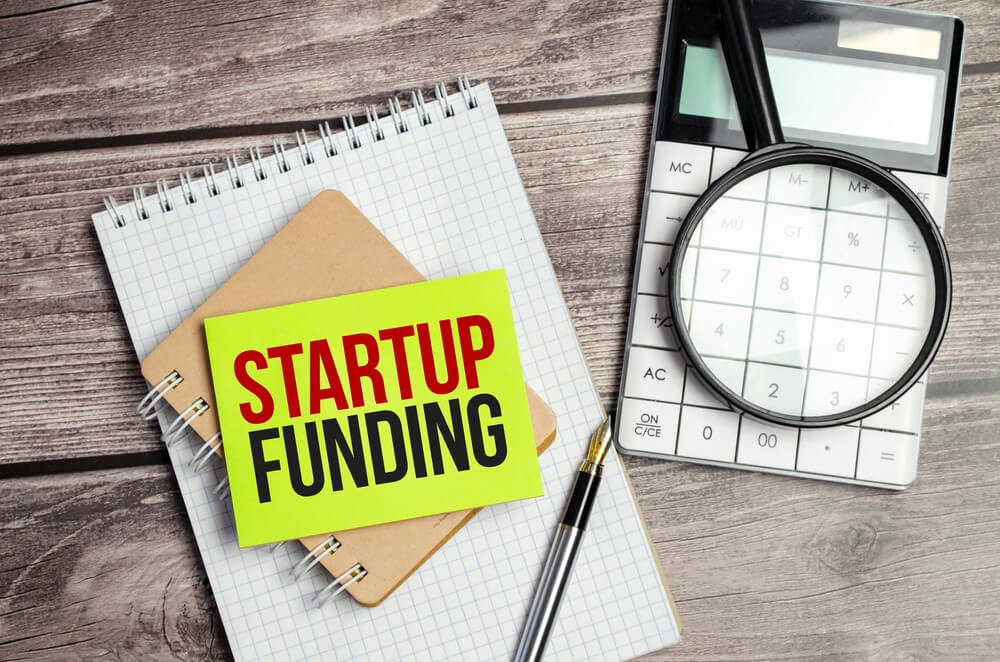
One of the most crucial decisions in your startup journey is how to fund your business with less investment. Whether you’re creating the next tech breakthrough or launching a small creative venture, finding the right funding method is key to taking that first step. Let’s consider the story of Priya, a bright young entrepreneur, who had an idea that could change the game in sustainable fashion. Priya had a vision, a business plan, and the passion to make it work. But before she could start manufacturing, she needed one thing: money. Here’s how she considered the different funding methods
1. Friends and Family: Leaning on Your Support System
Priya’s first thought was to turn to her loved ones. She knew they believed in her and wanted to see her succeed. She asked her parents for a small loan and approached her best friend, who also shared an interest in sustainable fashion, for an investment. This route is particularly helpful for those looking to kickstart a business in less investment.

Often, friends and family are more lenient about repayment terms and interest rates and also, there’s a quick access to funds. However, mixing business with personal relationships could strain bonds if things didn’t go as planned. Also, the emotional weight of having her loved ones invested in her success was heavy. Despite this, it was an good option pre-seed funding.
2) Bootstrapping: The Independent Path

Priya realized that while she appreciated the support of her friends and family, she didn’t want to feel beholden to anyone. So, she decided to tap into her personal savings – the result of years of hard work and planning. Bootstrapping would allow her to maintain full control of her business and avoid involving others. Priya wouldn’t have to answer to investors or give away any equity. With no loans involved, she wouldn’t have any pressure to repay anyone. However, personal using personal savings was risky. If the venture failed, she could lose her money.
3. Government Grants: A Gift with a Catch

Although Priya felt confident in her own savings, she knew that to scale her fashion brand, she needed more capital. While researching her options, she came across a government grant aimed at sustainable businesses. It was a competitive process, but after a few months of paperwork and applications, she was awarded the grant. Unlike loans, grants didn’t need to be repaid. However, the application process was very long, bureaucratic, and competitive. But it worked for seed funding startups.
4. Incubators and Accelerators: Mentorship and Funding Combined

As Priya began to grow her business, she realized she needed more than just money – she needed expert guidance and networks. She applied for an accelerator program designed for sustainable startups, hoping to gain not only funding but also mentorship, resources, and valuable connections. She was accepted into one of the top programs, and it quickly became a game-changer. However, she needed to give up a lot of time commitment and some of her equity in exchange for their startup funding and services
5. Crowdfunding: The People’s Choice

With a stronger foundation and some success under her belt, Priya decided to reach out to the broader community through crowdfunding. She launched a campaign on platforms like Kickstarter, offering early access to her eco-friendly products and unique rewards to backers who supported her vision. It helped to test whether her idea has a demand before fully committing even if marketing and managing a crowdfunding campaign was very time intensive.
6. Bank Debt: The Classic Route
Now that Priya had a solid business plan, backing from her family, and a successful crowdfunding campaign, she wanted to expand her operations and take her brand national. She turned to a traditional route: bank loans. She was able to secure a low-interest loan to scale her production and improve her distribution channels. Banks offered clear repayment schedules, so she could plan her finances. Her equity was preserved but there was always a risk of debt. She even had to put her house as collateral

7. Investors and Venture Capitalists: The Big Leagues

By now, Priya’s business had gained significant traction. She was turning heads in the sustainable fashion industry, and her brand was growing fast. With the desire to scale even further and expand internationally, she decided it was time to take the plunge and seek out venture capitalists. After a few pitch meetings, she secured funding from a group of investors who saw the potential in her vision. The VCs provided substantial amounts of capital, which helped her to scale quickly. By this time, her equity had to be diluted a lot.
The Right Path for You
Priya’s journey shows that there’s no one-size-fits-all solution when it comes to startup funding. The right choice depends on where you are in your business lifecycle, your risk tolerance, and what you’re willing to give up (whether it’s equity, control, or personal savings).
- Early stage: Friends and family, bootstrapping, and government grants are great options to get started, especially for pre-seed funding.
- Growth stage: Incubators, accelerators, crowdfunding, and bank loans can help provide stability and structure.
- Scaling stage: Investors and venture capitalists can give you the large amounts of capital needed to scale fast.
Every path has its pros and cons, but with the right planning and mindset, you’ll be able to choose the best option that fits your vision and helps bring your seed funding startup dream to life.
Conclusion
Priya’s story is just one of many ways to navigate the complex landscape of startup financing. The key takeaway? Each funding method has its place in the startup ecosystem. Choose wisely, and remember: the right funding can be the boost your startup needs to turn your dreams into reality.
For more such blogs, visit: https://startupshiksha.in/

